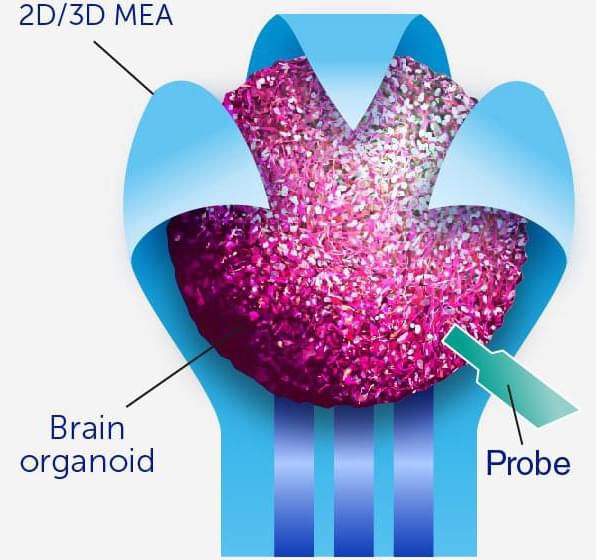Everyone is now scrambling to integrate AI with as many facets of human life as possible. Neural nets and machine learning can offer greatly improved processing speeds, yet these aspects still rely on digital pathways that may never fully mimic the biological structure of the human brain. The next step in AI improvement would be to combine the best of both the digital world and the biological world. Some scientists are already experimenting with this possibility, as a new article published in the academic journal Frontiers of Science is deep diving into the realm of biocomputers and organoid intelligence (OI).
All AI applications today rely on computing power provided by powerful CPUs or GPUs. OI, on the other hand, is seeking to bring “unprecedented advances in computing speed, processing power, data efficiency and storage capabilities” by harnessing the complexity of lab-grown cell-cultures repurposed from adult skin cells that consist of 3D clusters of neurons and other brain cells.
